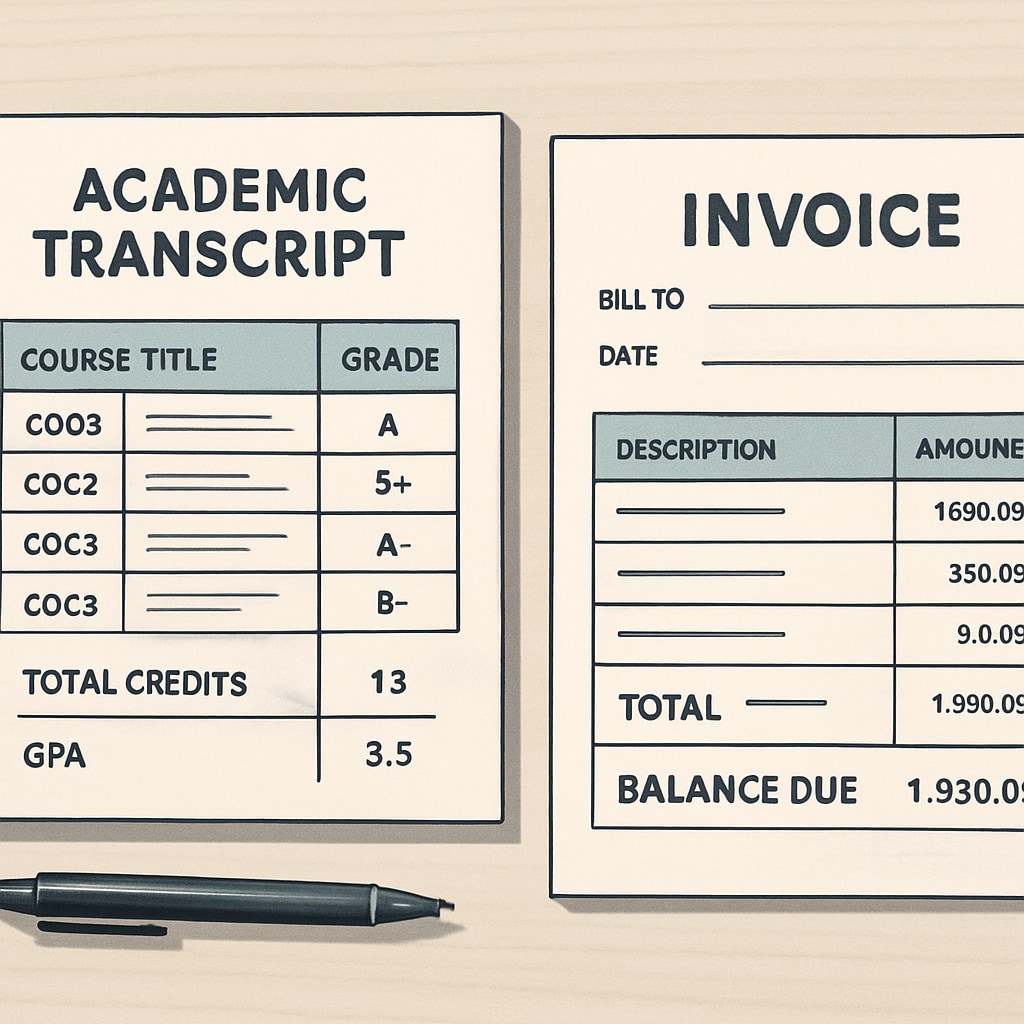Parents facing financial difficulties often encounter a dilemma: how can they obtain their child’s academic records, such as transcripts, when unpaid tuition remains? The issue becomes more complex when students need these documents for critical milestones, including standardized exams like the PRC (Philippine Regulatory Commission) exams. This article explores the intersection of unpaid balances, transcript access, and educational rights, providing clarity and guidance for families in challenging financial situations.
Unpaid Tuition and Transcript Access: What Does the Law Say?
In many countries, the relationship between outstanding tuition and transcript access is governed by specific laws or policies. For example, in the United States, some states have implemented protections to ensure that students are not denied access to their educational records due to unpaid balances. However, private schools may operate under different rules, often reserving the right to withhold transcripts until debts are settled.
In the Philippines, the Department of Education has issued memorandums that prohibit schools from denying students access to their academic records, including transcripts, even if unpaid tuition exists. These policies aim to safeguard students’ educational progress and ensure that financial hardships do not become barriers to future opportunities.
However, implementations of these policies can vary. Some schools may still delay releasing transcripts, citing administrative processes or institutional policies. For parents, understanding the legal framework is the first step toward resolving such disputes.

Why Are Transcripts Crucial for Students?
Academic transcripts are not just records of a student’s academic performance; they are essential for various milestones in education and career development. For instance, students taking licensure exams, such as the PRC exams, often need to provide transcripts as part of the application process.
Without access to these documents, students may face delays or be entirely barred from important opportunities. This places additional stress on families already grappling with financial challenges. As a result, parents must proactively address unpaid balances while ensuring their child’s educational journey is uninterrupted.

Practical Steps for Parents Facing Financial Hardship
For families experiencing financial difficulties, navigating the balance between unpaid tuition and transcript access can be daunting. However, there are several practical steps that parents can take:
- Understand School Policies: Review the school’s financial and academic policies to determine their stance on unpaid balances and transcript access.
- Communicate with School Administrators: Open a dialogue with the school to explain your financial situation and negotiate a payment plan or partial payment arrangement.
- Seek Legal Guidance: If the school refuses to release transcripts despite existing regulations, consult legal professionals or government agencies for support.
- Explore Financial Aid: Research scholarships, grants, or other financial aid options that may help cover unpaid tuition.
- Document All Communication: Keep thorough records of all interactions with the school, including emails, letters, and meeting notes.
By taking these steps, parents can protect their child’s educational rights while addressing financial challenges responsibly.
Looking Ahead: Ensuring Long-Term Financial Stability
While resolving immediate concerns like transcript access is critical, families should also focus on achieving long-term financial stability. This may involve creating a budget, reducing unnecessary expenses, or seeking additional income sources. Schools may also consider implementing flexible payment plans or financial counseling services to support families in need.
In addition, policymakers and educational institutions must work together to create systems that balance financial accountability with students’ right to education. Ensuring that no student is left behind due to financial hardship is essential for fostering a more equitable educational landscape.
Conclusion: Navigating the challenges of unpaid tuition and transcript access requires a combination of legal knowledge, proactive communication, and financial planning. By understanding their rights and responsibilities, parents can protect their child’s educational journey, even in the face of financial adversity.
Readability guidance: This article is structured with short paragraphs, actionable steps, and clear section headers to enhance readability. It avoids overly complex sentences and uses accessible language while maintaining a professional tone.


